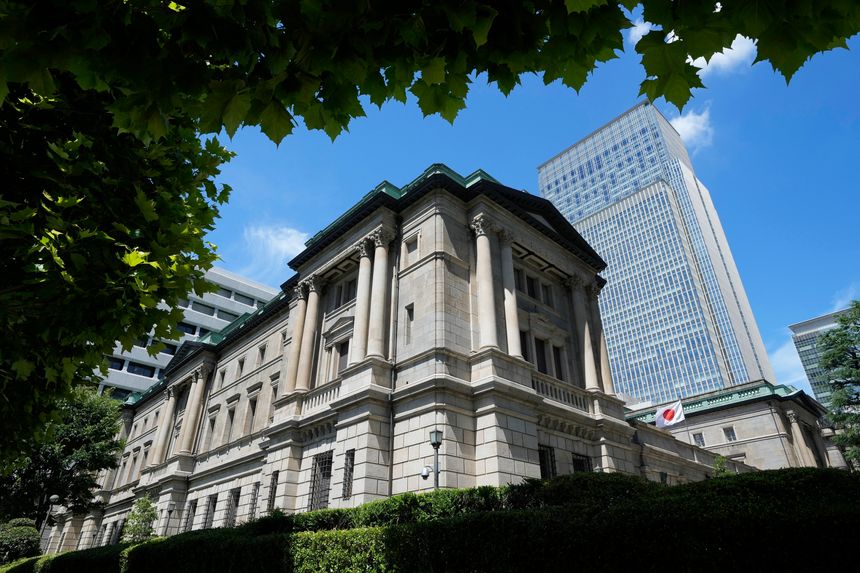The Bank of Japan headquarters in Tokyo
Photo:
Shuji Kajiyama/Associated Press
Economic gravity inevitably reasserts itself, even in Japan. So it is that the central bank in Tokyo on Tuesday took another step away from its yield-curve-control strategy, once hailed as a model and now recognized as a failure.
said it will let 10-year government bonds trade in a band with a yield as high as 0.5%, compared to the previous cap of 0.25%. The cap was part of a yield-curve-control strategy in which the central bank committed to buy an unlimited quantity of bonds as necessary to suppress interest rates at longer maturities.
The BOJ’s experiment caught the eye of its peers. The U.S. Federal Reservebriefly flirted with the idea in 2020, and the Reserve Bank of Australia attempted to implement its own version during the pandemic.
The problem is that yield controls goaded markets to bet against the Bank of Japan as investors became more skeptical about the BOJ’s overall policy. Rising inflation, which is now 3.6% excluding fresh food, prompted investors to challenge the interest-rate price control because they believed the BOJ would have to raise the yield cap eventually. This forced the BOJ to buy large quantities of government bonds, or JGBs, to defend its peg.
Yet there are only so many government bonds, even in heavily indebted Japan. The Bank of Japan now owns more than half of all JGBs by market value, according to data released this week, and continuing to defend a 0.25% yield peg would have required the BOJ to buy more. A similar concern prompted Australia’s central bank to abandon yield control after officials admitted that defending the peg would have required the central bank to buy the entire float of some bond issues.
Tuesday’s easing of yield control allowed the yield on 10-year JGBs to rise to 0.4%. The yen also strengthened to between 132 and 133 yen per dollar from a low of more than 150 in…
Click Here to Read the Full Original Article at RSSOpinion…

